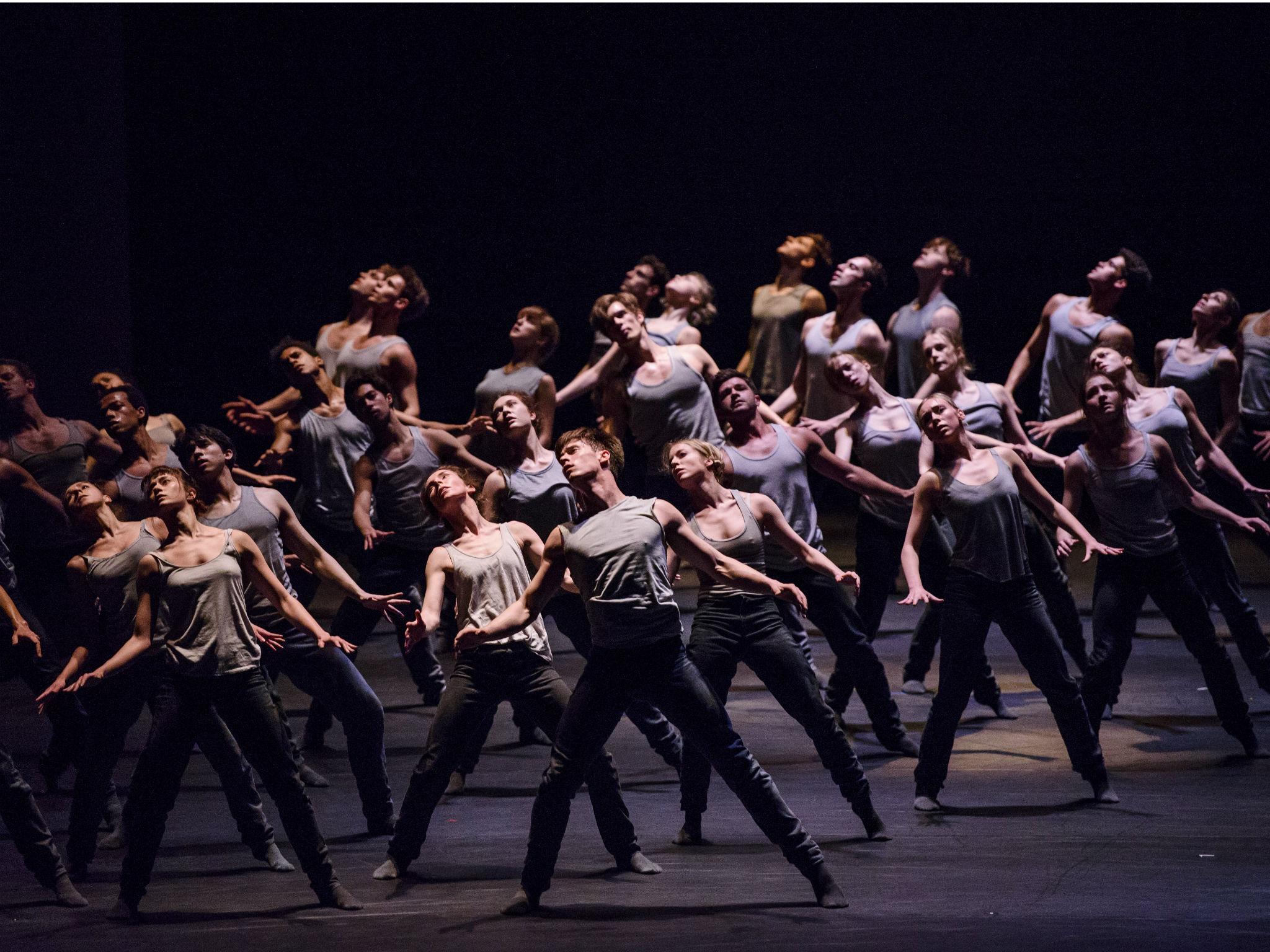Flight Pattern, The Royal Ballet, Royal Opera House, London, review: It has immense scale and ambition
The Canadian choreographer Crystal Pite creates her first work for The Royal Ballet - the first woman to make a main stage work for the company in 18 years

Your support helps us to tell the story
From reproductive rights to climate change to Big Tech, The Independent is on the ground when the story is developing. Whether it's investigating the financials of Elon Musk's pro-Trump PAC or producing our latest documentary, 'The A Word', which shines a light on the American women fighting for reproductive rights, we know how important it is to parse out the facts from the messaging.
At such a critical moment in US history, we need reporters on the ground. Your donation allows us to keep sending journalists to speak to both sides of the story.
The Independent is trusted by Americans across the entire political spectrum. And unlike many other quality news outlets, we choose not to lock Americans out of our reporting and analysis with paywalls. We believe quality journalism should be available to everyone, paid for by those who can afford it.
Your support makes all the difference.Flight Pattern, Crystal Pite’s new work for the Royal Ballet, has immense scale and ambition. Pite evokes the refugee crisis in weighted steps, gathering a large cast into swirls of desolate movement. It’s an imposing picture, but also a romanticised one, a disaster seen from the outside.
The Canadian Pite is a major choreographer, in demand around the world. A former member of William Forsythe’s Ballet Frankfurt, her choreography moves between contemporary and neoclassical dance, with a sharp eye for distinctive, emotionally driven movement. She’s also the first woman to make a main stage work for the Royal Ballet in 18 years.
Flight Pattern is a big work, a cast of 36 moving to Henryk Górecki’s Symphony of Sorrowful Songs. Nancy Bryant dresses the dancers in drab grey coats over vests and trousers; the colours evoke monochrome images of the Second World War, as well as the present crisis.
Pite creates monumental groupings, movement rippling through a crowd before turning back in on itself. The dancers rock in grief or break out into splintered, jagged solos. In one scene, they take off their coats, turning them into pillows as they huddle in Jay Gower Taylor’s bleak set. Kristen McNally cradles her coat, as if it were a lost baby. Marcelino Sambé comforts her, before driving himself through a frantic lament.
Pite’s skill and authority are remarkable, but her refugees are presented on a single tragic note. The massed groups don’t have the scary force of her magnificent Polaris, or the glittering, self-destructive energy of Betroffenheit, Pite’s exploration of addiction and grief. Perhaps because of the lyrical music, there’s little sense of panic or rage, of the uglier emotions. When snow falls on the grieving cast, it’s a strong but sanitised image.
Flight Pattern is performed with two recent ballets. In The Human Seasons, David Dawson sets 13 dancers leaping and spinning tirelessly, but allows them little sense of individuality. Women are repeatedly spun by men, not just through the air but face down on the floor, as if they were carpet sweepers. Sambé moves with wonderful bravura, while Claire Calvert manages to avoid being passive in a sequence where she’s passed from hand to hand by seven partners.
Christopher Wheeldon’s After the Rain does find room for dancers’ personalities. Marianela Nuñez is tender in a duet with Thiago Soares, curling and unfolding to the melancholy in Arvo Pärt score.
Join our commenting forum
Join thought-provoking conversations, follow other Independent readers and see their replies
Comments